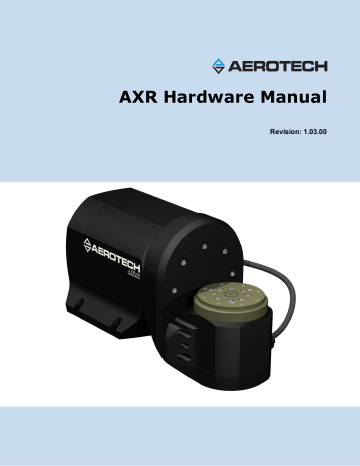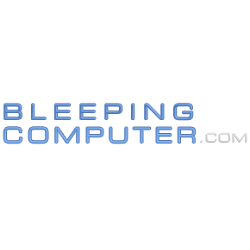

However, to our knowledge, this is the first comprehensive evaluation of the potential of laser cleaning intervention for papyrus.

The interest in laser cleaning applications for a variety of organic heritage and archaeological materials such as parchment, leather, paper, and basketry has grown considerably in the last decade (Arif et al., 2013 Andreotti et al., 2007 Elliott et al., 2007 Elnaggar et al., 2011). Therefore, the decision on whether to clean papyrus using lasers is predominantly based on aesthetic and treatability (e.g. In papyrus, there is no clear damage threshold, and substrate degradation can always be observed and is comparable in treated (cleaned) and untreated (soiled) objects. Optimization was based on colorimetry, optical microscopy, scanning electron microscopy, Fourier transform infrared spectroscopy, and cellulose degree of polymerization data, both before and after accelerated degradation. Using artificially soiled and archaeological papyrus samples, optimization of laser cleaning parameters using a picosecond laser (1064 nm, various operating conditions) was attempted. To examine this, tests using mock objects have been performed. This contribution examines whether removal of burial encrustation can be justified in view of its short-term and long-term effects on the substrate. However, archaeological organic materials, notably papyrus, have rarely been investigated. There has been a growing interest in laser cleaning applications for a variety of organic materials such as paper, parchment, textiles, and leather during the last decade.


 0 kommentar(er)
0 kommentar(er)
